Search
Did you mean: Rhodes?
Search Results
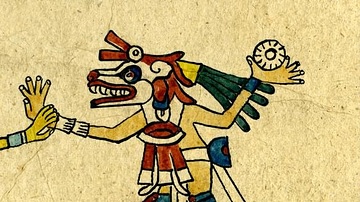
Image
Xolotl, Codex Fejérváry-Mayer
Drawing of the Aztec god Xolotl, playing ball. From a facsimile of the pre-Hispanic Codex Fejérváry-Mayer. Collection of the British Museum.
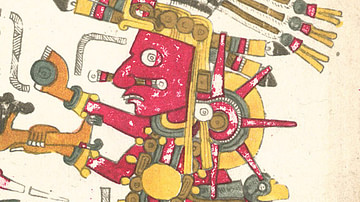
Image
Tonatiuh, Codex Borgia
Tonatiuh, the Aztec god of the 5th and last sun. From the Codex Borgia. (Vatican Museum Rome)

Video
Revealing the lost codex of Archimedes (William Noel)
http://www.ted.com How do you read a two-thousand-year-old manuscript that has been erased, cut up, written on and painted over? With a powerful particle accelerator, of course! Ancient books curator William Noel tells the fascinating story...
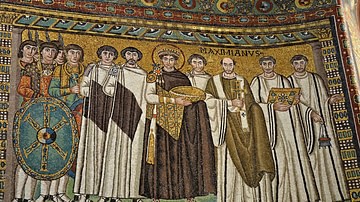
Definition
Corpus Juris Civilis - The Justinian Law Code
The Justinian Code or Corpus Juris Civilis (Corpus of Civil Law) was a major reform of Byzantine law created by Emperor Justinian I (r. 527-565 CE) in 528-9 CE. Aiming to clarify and update the old Roman laws, eradicate inconsistencies and...
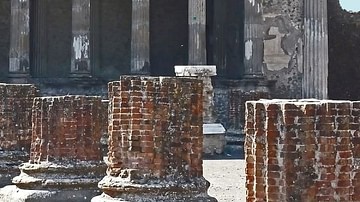
Definition
Roman Law
Roman laws covered all facets of daily life. They were concerned with crime and punishment, land and property ownership, commerce, the maritime and agricultural industries, citizenship, sexuality and prostitution, slavery and manumission...
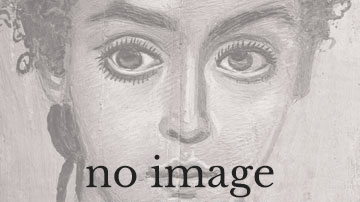
Article
Famous Grammarians & Poets of the Byzantine Empire
In the wake of the downfall of the Western Roman Empire and the intellectual collapse of Athens, Byzantine scholars engaged in preserving the Classical Greek language and its literature. Thus they became the guardians of a vanished culture...

Definition
Maya Civilization
The Maya are an indigenous people of Mexico and Central America who have continuously inhabited the lands comprising modern-day Yucatan, Quintana Roo, Campeche, Tabasco, and Chiapas in Mexico and southward through Guatemala, Belize, El Salvador...

Definition
Illuminated Manuscripts
Illuminated manuscripts were hand-made books, usually on Christian scripture or practice, produced in Western Europe between c. 500-c. 1600. They are so called because of the use of gold and silver which illuminates the text and accompanying...

Definition
Pulque
Pulque is an alcoholic drink which was first drunk by the Maya, Aztecs, Huastecs and other cultures in ancient Mesoamerica. Similar to beer, it is made from the fermented juice or sap of the maguey plant (Agave americana). In the Aztec language...
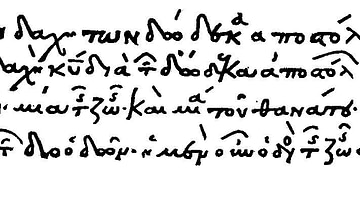
Definition
Didache
The Didache (Koine Greek: διδαχή), also known as “The Teaching,” or, “The Teaching of the Twelve Apostles,” is an enigmatic primitive Church document describing early Christian ethics, practices, and order. Discovery & Dating The existence...